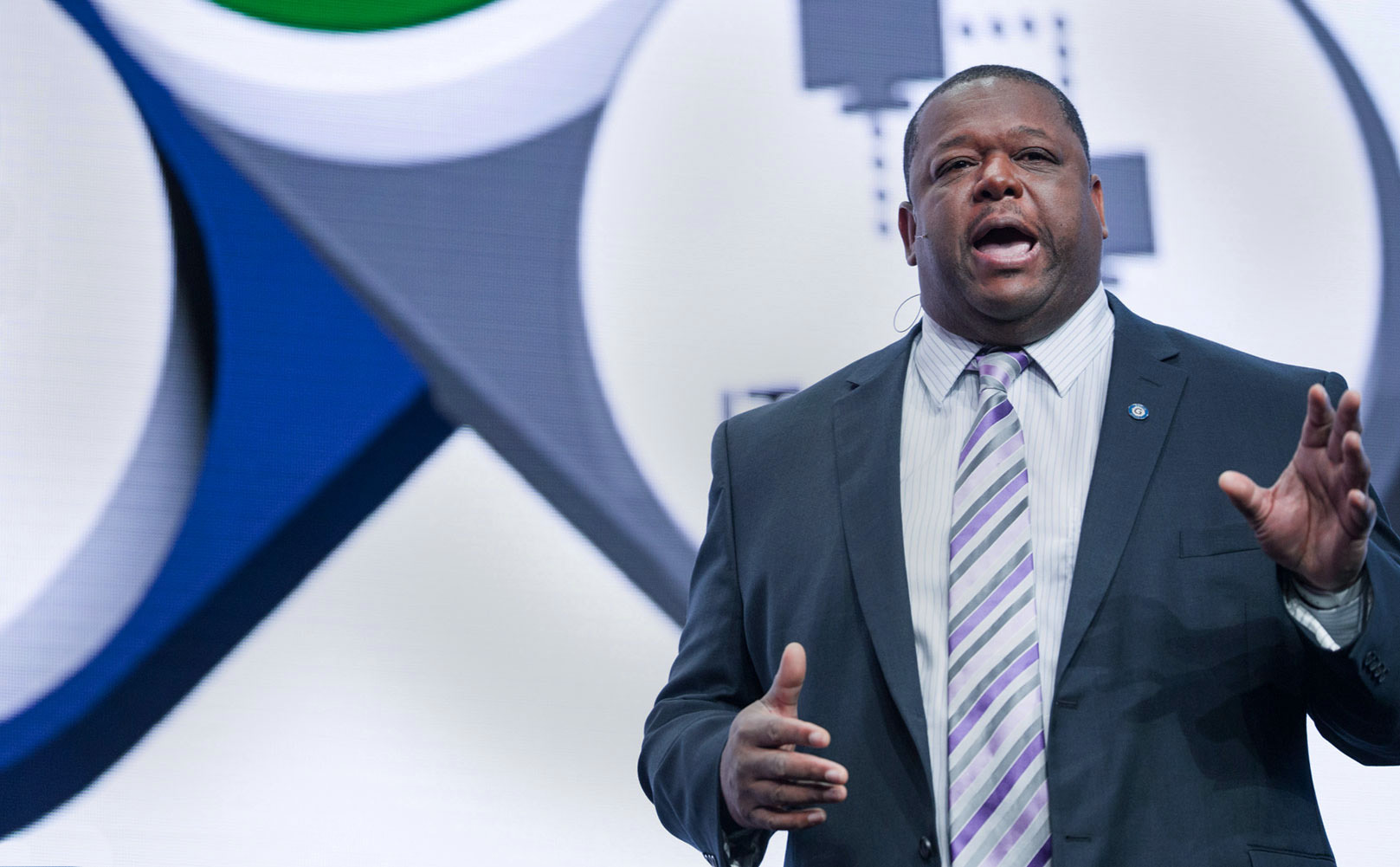
Research firm Gartner revealed its top predictions for 2018 and beyond that promise to enable organisations move beyond thinking about mere notions of technology adoption and focus on being human in the digital world.
“Technology-based innovation is arriving faster than most organisations can keep up with. Before one innovation is implemented, two others arrive,” observes Daryl Plummer, vice president and Gartner fellow, distinguished. “CIOs in end-user organisations will need to develop a pace that can be sustained no matter what the future holds. Our predictions provide insight into that future, but enterprises will still be required to develop a discipline around how pace can be achieved. Those who seek value from technology-based options must move faster as their digital business efforts move into high gear. Speed of change will require variability of skills and capabilities to address rising challenges.”
Here are some strategic predictions from Gartner analysts.
By 2021, early adopter brands that redesign their websites to support visual- and voice-search will increase digital commerce revenue by 30%. Consumer demand for voice devices, embodied by products such as Amazon Echo and Google Home, is expected to generate $3.5 billion by 2021. Brands that are able to develop ways to leverage systems that can take a handoff, so to speak, from the devices will see rapid growth in digital commerce revenue.
By 2021, more than 50% of enterprises will be spending more per annum on bots and chatbot creations than traditional mobile app developments. User attention is shifting away from individual apps on mobile devices and splintering across emerging post-app technologies such as bots and chatbots. Today, chatbots are the face of artificial intelligence (AI) and will impact all areas where there is communication between humans.
By 2021, 40% of IT staff will be versatilists, holding multiple roles, most of which will be business, rather than technology-related. IT specialists represent about 42% of the entire IT workforce in 2017, but by 2019, Gartner predicts that IT technical specialist hires will fall by more than 5% as digital business initiatives require increasing numbers of IT versatilists.
By 2020, Internet of Things (IoT) technology will be in 95% of electronics for new product designs. Once this technology emerges, buyers will rapidly gravitate to IoT-capable products, and interest in and demand for IoT-enabled products will rapidly snowball.
Through 2022, half of all security budgets for IoT will go to fault remediation, recalls and safety failures rather than protection.
In 2020, AI will become a positive net job motivator, creating 2.3 million jobs, while eliminating only 1.8 million jobs. AI will eliminate more jobs than it creates through 2019, however, Gartner believes that the number of jobs created due to AI in 2020 is sufficient to overcome the deficit.
By 2022, most people in mature economies will consume more false information than true information. Enterprises need to not only monitor closely what is being said about their brands directly, but also in what contexts, to ensure they are not associated with content that is detrimental to their brand value.
By the end of 2020, the banking industry will derive $1 billion in business value from the use of blockchain-based cryptocurrencies. The current combined value of cryptocurrencies in circulation worldwide is $155 billon, and this value has been increasing as tokens continue to proliferate and market interest grows.